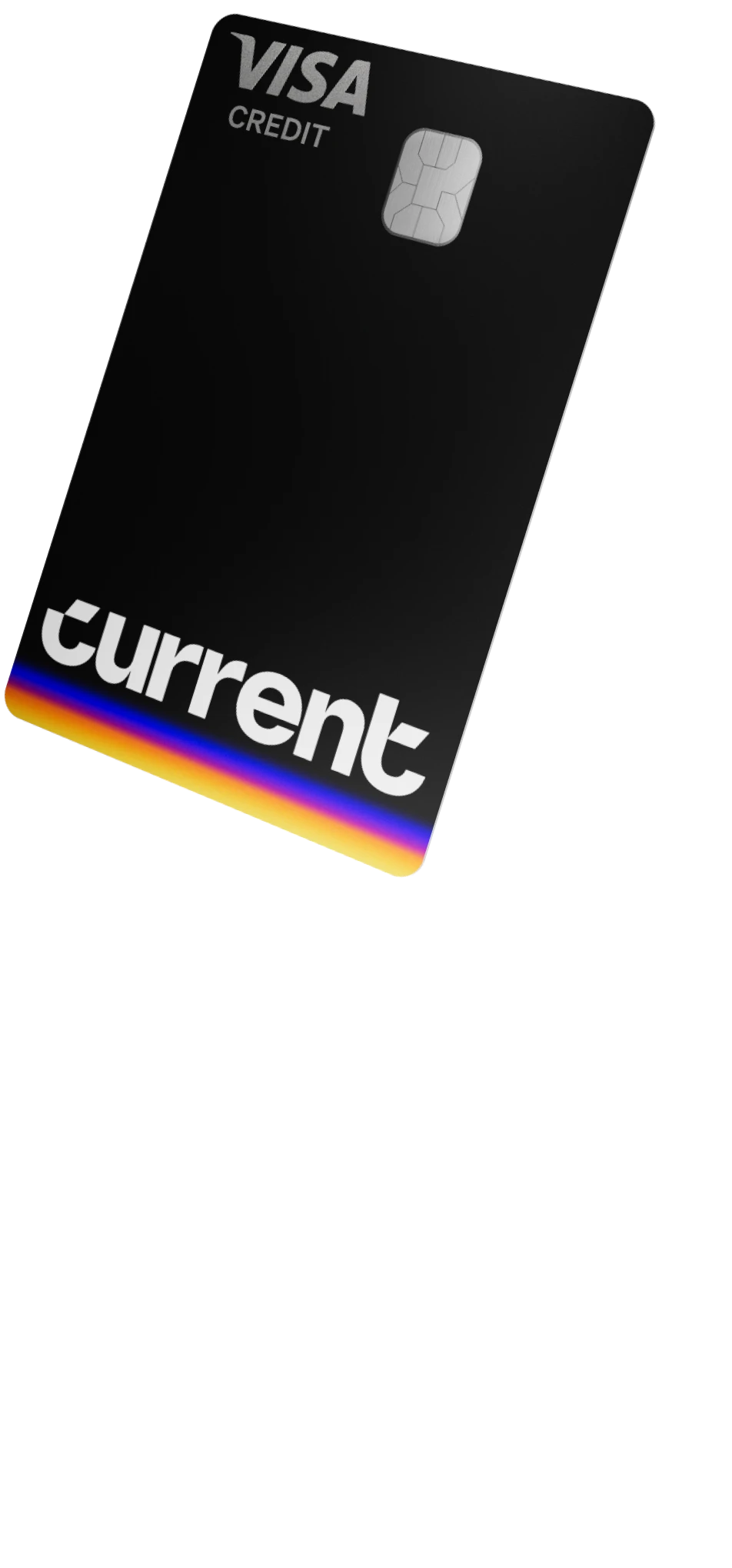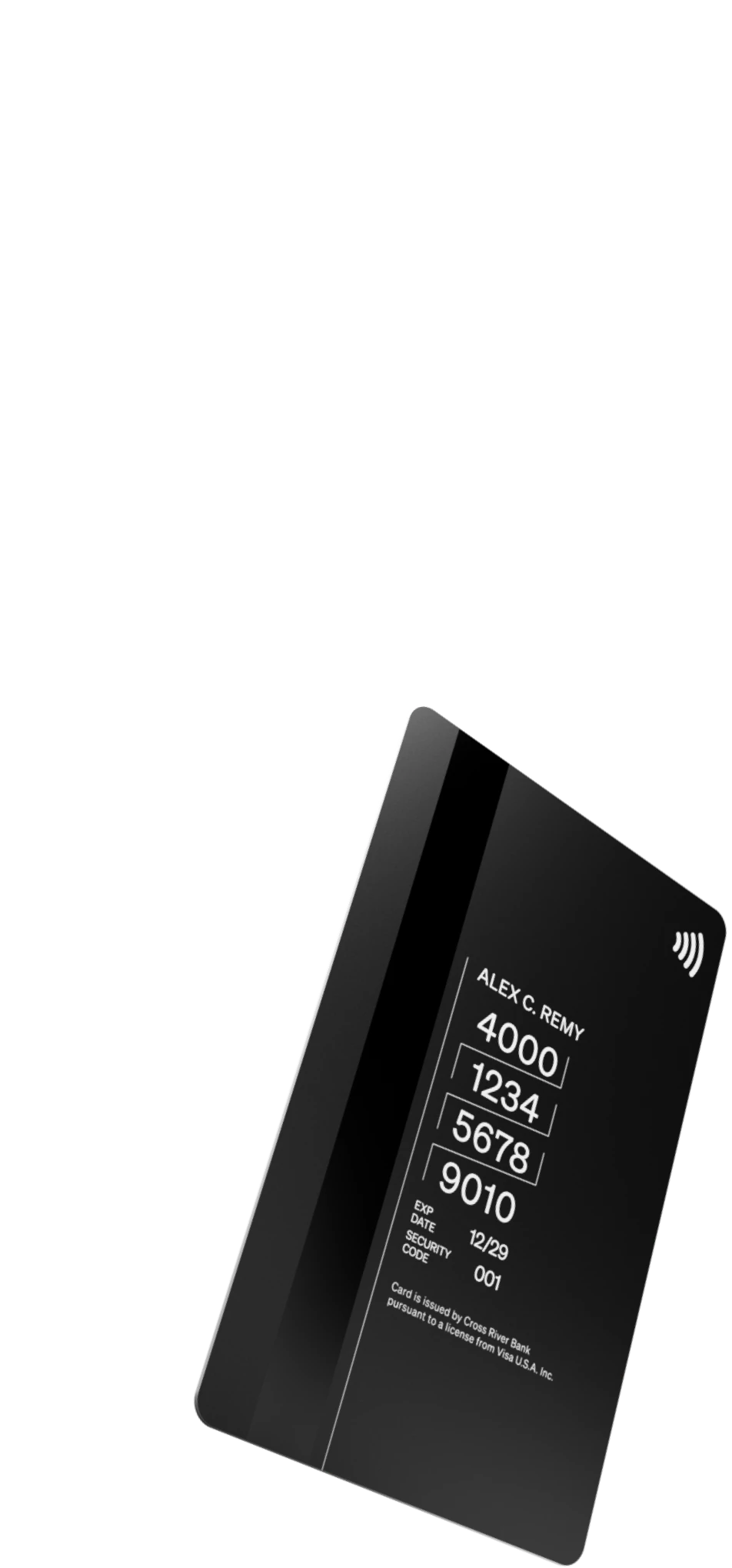The 5 Steps of What To Do With Your Tax Refund in 2023

It’s officially tax season, which means Americans will hope to receive a refund check from Uncle Sam in the next few weeks. So far, the average tax refund in 2023 is $3,170, according to the IRS. This presents a solid opportunity to begin your financial wellbeing journey.
So if we assume that you will get a $3,000 tax refund check, here are five ways you should use your tax refund to benefit you in the short- and long-run.
What you should do with your 2023 tax refund
Personal finance comes down to a few concepts, but one of them is working through a set of steps.
Pay off high-interest debt
If you get a sizable tax refund, your first priority should be to pay off any debt with more than a 5% interest rate. It may not be the most fun way to use your tax refund, but it’s the most necessary to help you get started on your wealth building journey.
High interest debt could be things like credit card debt, a car loan, payday loans or student loans. By holding onto these debts, you’re holding yourself back from starting to get financially ahead. So if your 2023 tax refund isn’t enough to cover these debts, do whatever it takes to pay these debts off as quickly as possible.
Here’s an example:
Let’s say you have $7,500 in credit card debt at 22% APR. If you’re only paying $200 per month, it will take you nearly four years to pay off that debt — and you will pay over $3,600 in interest along the way.
If you take a $3,000 tax refund check and throw it directly at this debt, you will shave the paydown time and interest significantly.
Fill your emergency fund
If you don’t have any high-interest debt, the next step to take is to fill your emergency fund. This is the lifeline everyone needs when an unexpected expense or life event happens. Without this, you could end up relying on high-interest products like credit cards to get by and potentially end up in a financial crisis.
Your emergency fund should be a place where you keep funds for things that are out of the normal, including: unexpected job loss, medical bills, home repairs, car repairs and other necessities. However, this step takes discipline as many people will dive into their emergency fund (or even retirement accounts) for non-necessities, including Beyonce tickets.
But how much should you save? It’s generally recommended to save between three to six months worth of your expenses. So if your cost of living is $3,500 per month, you should have between $10,500 and $21,000 stashed away.
A $3,000 tax refund is a great starting point for your emergency fund to ensure that you’re protected against life’s unexpected events. And with Current, you can earn up to 4.00% APY on your savings.
Here’s what that could look like:
Let’s say you open a Current Savings Pods today and deposit your entire $3,000 tax refund. And after that, you would deposit $200 per month. After one year, you would have $5,567 stowed away — with $1,367 of it coming from accrued interest.
As long as you can stay away from high interest debt and build your emergency fund, you’re well on your way to building your financial future.
Begin investing for the future
If you don’t have any high interest debt and have a solid emergency fund, it may be time to begin burying your extra funds into investing. This means taking money and purchasing stocks in the stock market, in preparation for retirement.
Another concept that is extremely important for successful personal finances is that you can’t save your way to retirement, you must invest. This is because the stock market gives you the opportunity to earn compound interest – which is when your earnings stack on top of one another.
And even if you have low-interest debt, you may be able to earn more by investing in your retirement accounts such as an employer-sponsored 401(k), IRA (individual retirement account) or a taxable brokerage account.
Here’s an example:
Let’s say you take your tax refund and throw it into a Roth IRA. A Roth IRA is funded with post-tax money, but grows tax-free. And once you hit 59 and a half years old, you can withdraw the funds completely tax free.
The 2023 tax year IRA contribution limit is $6,500. Let’s say you take that $3,000 tax refund check and add in $3,500 of your own money to max out your contributions. If you let that $6,500 sit for 30 years in a broad market index fund that returns a conservative 8%, that $6,500 can turn into $65,000. This is the power of compound interest.
So if you’re able to knock out your high-interest debt and have an emergency fund, do everything you can to invest as much as possible for the future.
Pay off low-interest debt
If you have the first three items checked off your list — that’s a great start! From here, you can decide which direction you want to go with your tax refund check based on your own preferences and goals.
If your goal is to be debt free, take your check and throw it at any of your remaining debt that has an interest rate under 5%. However, keep in mind that mathematically, you may be able to get a larger return by investing in the stock market. But aside from potential profits and growth — there is no feeling like being debt free.
Editor’s note: I just paid off $80,000 in student loans in October, and there’s no better feeling than being debt free.
Pick a priority in your life, and spend (wisely)
If you’ve paid off all of your debt and are actively investing for retirement — you’re killing it! Now, you can spend your tax refund check on something that is important to you.
It could be a vacation, saving up for a down payment on a home purchase, upgrading your personal tech such as a new laptop or cellphone, or starting a new business — you should feel empowered to spend on the things that matter to you. But as always, be sure you're spending wisely and not wastefully.
Current is a financial technology company, not a bank. Banking services provided by Choice Financial Group, Member FDIC.





